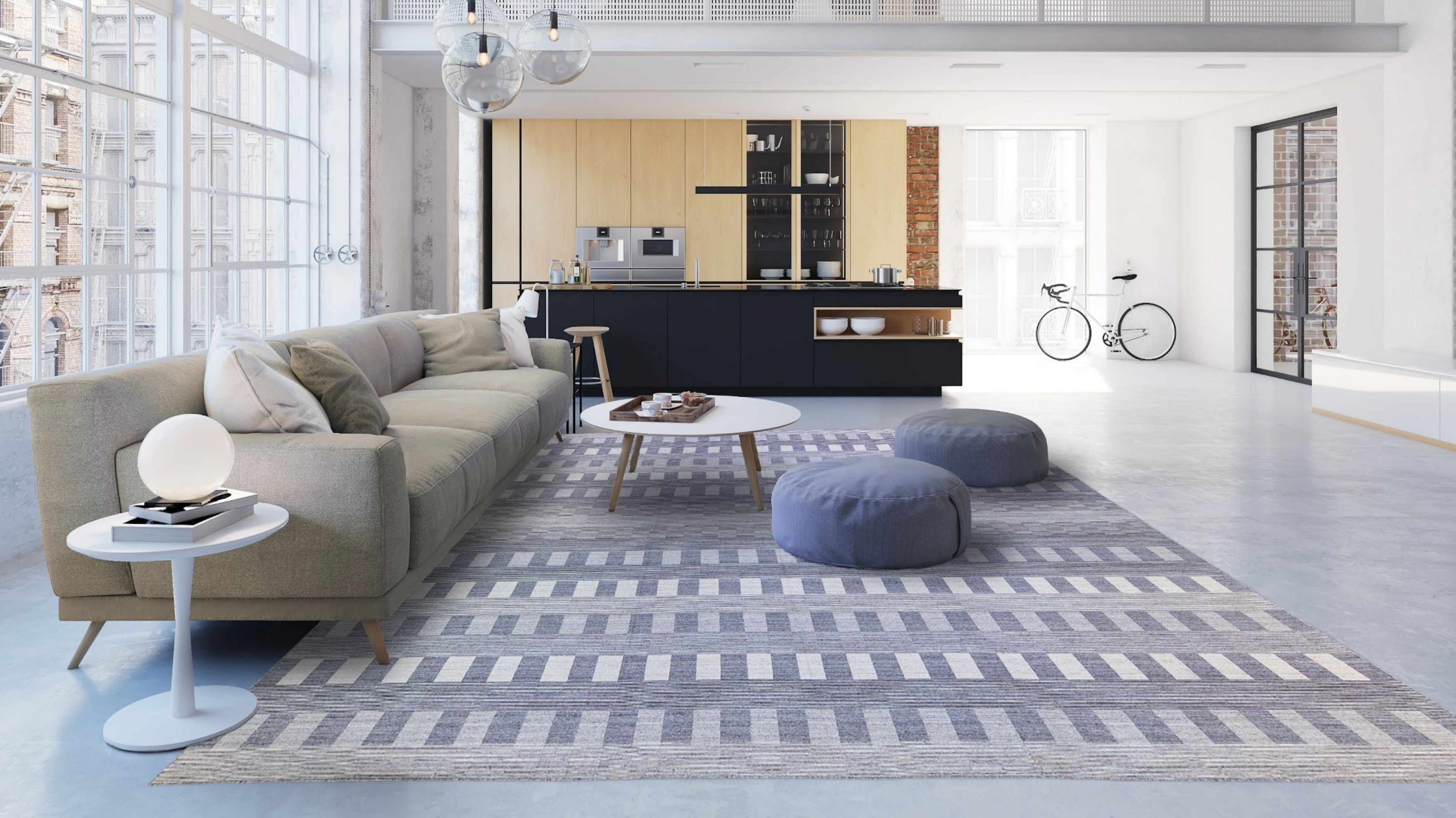
Threads of Meaning: The Hidden Symbolism in Scandinavian Rugs
Scandinavian rugs, known for their understated elegance and timeless appeal, are much more than decorative floor coverings. They are cultural artifacts, imbued with symbolism that speaks to the history, beliefs, and everyday lives of the people who crafted them. The motifs and patterns woven into these rugs are not merely aesthetic choices but are laden with meaning, serving as a window into the Nordic world of centuries past.
The stark yet striking designs of Scandinavian rugs often reflect the natural landscapes of the region. The enduring presence of nature in Nordic culture is evident in the use of geometric abstractions of trees, mountains, rivers, and animals. These symbols, rendered in earthy tones or stark contrasts, evoke the rugged beauty of Scandinavia's forests and fjords. Such motifs not only celebrate nature but also convey a deep reverence for the environment, a value that has long been a cornerstone of Scandinavian life.
In many traditional Scandinavian rugs, recurring patterns such as stars, suns, and other celestial elements carry a dual significance. On one hand, they represent the essential role of light in a region marked by long, dark winters. On the other, these motifs have spiritual connotations, symbolizing guidance, protection, and the eternal cycles of life. Similarly, the frequent depiction of animals—such as birds, deer, and fish—echoes a connection to nature while often serving as talismans for prosperity and fertility.
Weaving rugs was historically a communal activity, primarily undertaken by women. The craft provided an opportunity not only to create functional items but also to weave personal stories, dreams, and aspirations into each piece. For instance, some rugs feature intricate labyrinth-like designs that represent life’s journey, with its twists, turns, and ultimate destinations. Others incorporate protective symbols, such as crosses or interlocking knots, to ward off misfortune and evil spirits. Each rug becomes a narrative, intertwining cultural heritage with individual expression.
The use of color in Scandinavian rugs is another layer of symbolic communication. Historically, dyes were derived from natural sources such as plants, roots, and berries, and each hue carried specific connotations. Blue, for instance, symbolized faith and loyalty, while red often represented vitality and joy. The restrained palettes for which Scandinavian rugs are famous today owe much to this tradition, where colors were not only chosen for their visual appeal but also for the messages they conveyed.
Beyond their decorative and symbolic aspects, Scandinavian rugs were also practical expressions of resourcefulness and ingenuity. The harsh Nordic climate necessitated the use of wool, which was readily available and provided insulation against the cold. Over time, this utilitarian foundation evolved into an art form, blending function with symbolism in ways that resonate even in contemporary settings. Modern Scandinavian rug designs often echo traditional patterns, maintaining a connection to their roots while adapting to present-day tastes.
The symbolic richness of Scandinavian rugs also reflects the egalitarian spirit of Nordic culture. Unlike the highly ornate carpets of more hierarchical societies, Scandinavian rugs often emphasize simplicity and symmetry, reflecting values of equality and harmony. This aesthetic, rooted in the shared ethos of the community, transcends time and continues to influence modern design trends around the globe.
Collectors and enthusiasts of Scandinavian rugs often find themselves drawn not only to their visual appeal but also to the stories they tell. Each rug holds clues to its origins, the hands that made it, and the cultural traditions it represents. Whether adorning the floor of a rustic cabin or a sleek urban apartment, these rugs carry with them the spirit of their makers and the landscapes that inspired them.
As interest in sustainable and meaningful design grows, Scandinavian rugs stand out as examples of how beauty, utility, and symbolism can coexist. Their enduring appeal lies not just in their craftsmanship or aesthetic, but in the layers of meaning they carry. To own a Scandinavian rug is to hold a piece of history, a fragment of a narrative that bridges the past and present, weaving together art, culture, and life in every thread.
